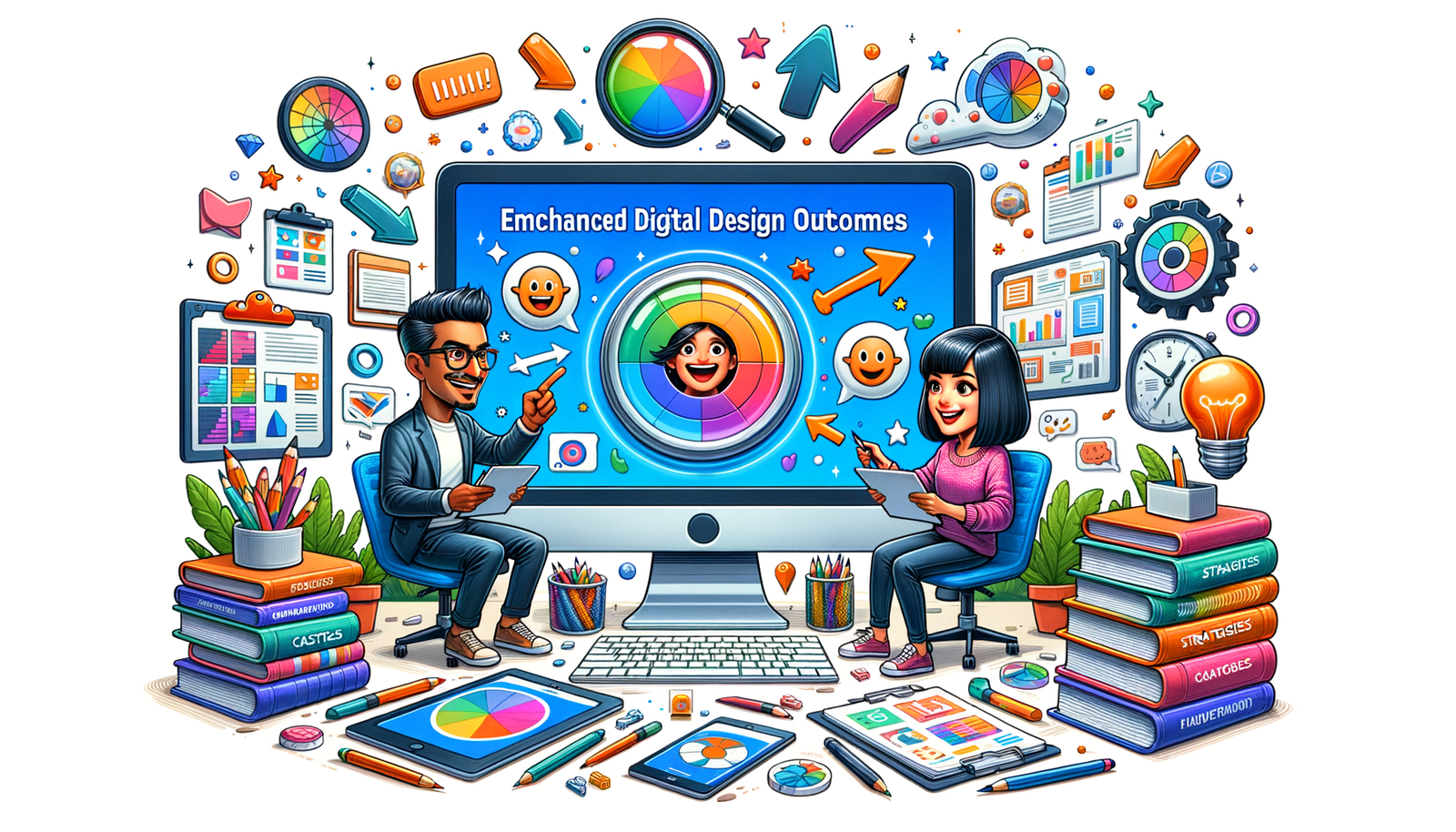Your Cart is Empty
Customer Testimonials
-
"Great customer service. The folks at Novedge were super helpful in navigating a somewhat complicated order including software upgrades and serial numbers in various stages of inactivity. They were friendly and helpful throughout the process.."
Ruben Ruckmark
"Quick & very helpful. We have been using Novedge for years and are very happy with their quick service when we need to make a purchase and excellent support resolving any issues."
Will Woodson
"Scott is the best. He reminds me about subscriptions dates, guides me in the correct direction for updates. He always responds promptly to me. He is literally the reason I continue to work with Novedge and will do so in the future."
Edward Mchugh
"Calvin Lok is “the man”. After my purchase of Sketchup 2021, he called me and provided step-by-step instructions to ease me through difficulties I was having with the setup of my new software."
Mike Borzage
Enhancing Digital Design Outcomes Through Feedback: Tools, Strategies, and Case Studies
July 17, 2024 2 min read


The Role of Feedback in the Digital Design Process: Tools and Strategies
Introduction to Feedback in Design
Feedback plays a pivotal role in the digital design process, acting as a crucial component for refining and perfecting products, services, and user experiences. Its significance cannot be overstated, as it directly influences design decisions, iterations, and the final outcomes. With the digital era, the transition from traditional feedback methods to digital platforms has transformed how designers and stakeholders interact, making the process more dynamic, interactive, and efficient.
Types of Digital Feedback Tools
In the quest for collecting and managing feedback effectively, several digital tools have emerged, each offering unique features and functionalities to facilitate the process. Among these are design collaboration platforms such as Figma and InVision, project management tools like Asana and Trello, and real-time communication apps including Slack and Microsoft Teams. These tools can be categorized based on their support for synchronous and asynchronous feedback, providing versatile options for teams depending on their specific needs.
- Design collaboration platforms enable live editing, commenting, and version control.
- Project management tools help in tracking feedback throughout the project's lifecycle.
- Real-time communication apps facilitate immediate discussions and clarifications.
The integration of these tools into the digital design workflow offers significant benefits, including enhanced collaboration, streamlined communication, and improved project tracking.
Strategies for Implementing Effective Feedback
To harness the full potential of feedback in the digital design process, certain strategies and best practices must be adopted. Key among these is the ability to solicit constructive feedback, which involves framing questions clearly and engaging stakeholders effectively. Establishing a feedback-friendly culture within design teams and with clients is also paramount, as it encourages open, honest communication and collaborative problem-solving.
Organizing, prioritizing, and implementing feedback in design revisions are critical steps that require careful planning and execution. Here are a few tips for streamlining this process:
- Develop a structured feedback loop to ensure all voices are heard and considered.
- Use digital tools to categorize and prioritize feedback based on its impact on the project.
- Implement changes iteratively to allow for continuous improvement and adjustment.
Case Studies and Success Stories
Examining real-world examples provides valuable insights into how effective feedback mechanisms can enhance the digital design process. Through the application of specific tools and strategies, several projects have seen significant improvements in process efficiency and project outcomes. These success stories highlight the importance of structured feedback, showcasing its impact on various aspects of design, from conceptualization to final execution. Key takeaways include the value of a collaborative environment, the effectiveness of utilizing digital tools for feedback management, and the benefits of an iterative approach to design revisions.
In conclusion, feedback is an indispensable element of the digital design process. The adoption of digital feedback tools, combined with strategic approaches to soliciting, organizing, and implementing feedback, can greatly enhance the efficiency and success of design projects. By fostering a culture that values open communication and collaborative problem-solving, design teams can leverage feedback to drive innovation and achieve superior outcomes.
Also in Design News

Rhino 3D Tip: Rhino Material Optimization: Nesting, Lightweighting, and Cut-Length Reduction
December 31, 2025 2 min read
Read More
Design Software History: Constraint Solving in CAD: From Sketchpad to Modern Parametric Engines
December 31, 2025 12 min read
Read More
Intent-Aware Scan-to-BRep: Integrating LiDAR Point Clouds into Solid Modeling Pipelines
December 31, 2025 12 min read
Read MoreSubscribe
Sign up to get the latest on sales, new releases and more …


